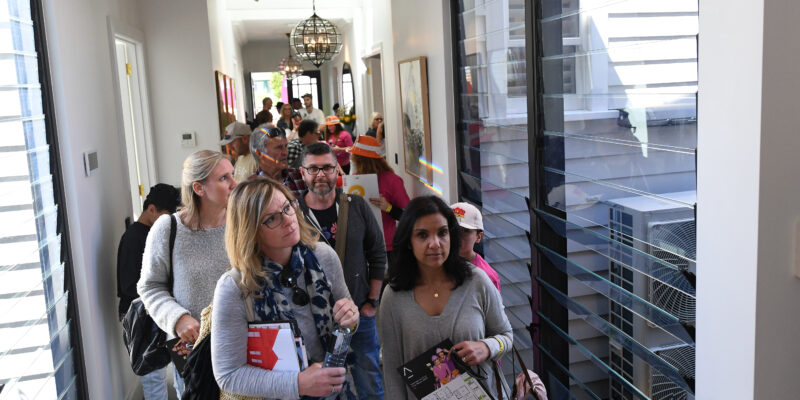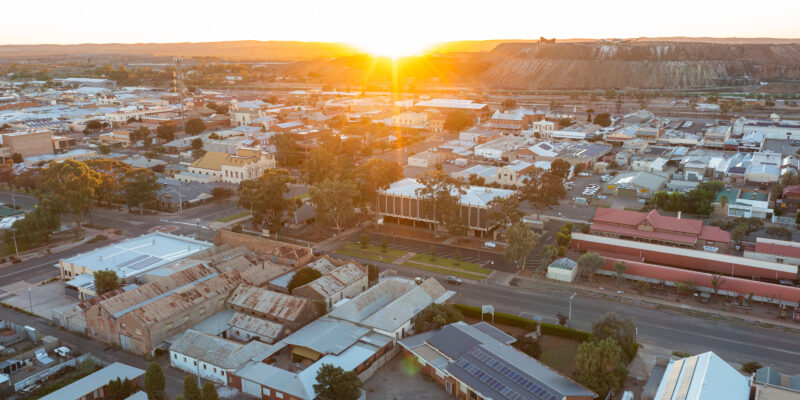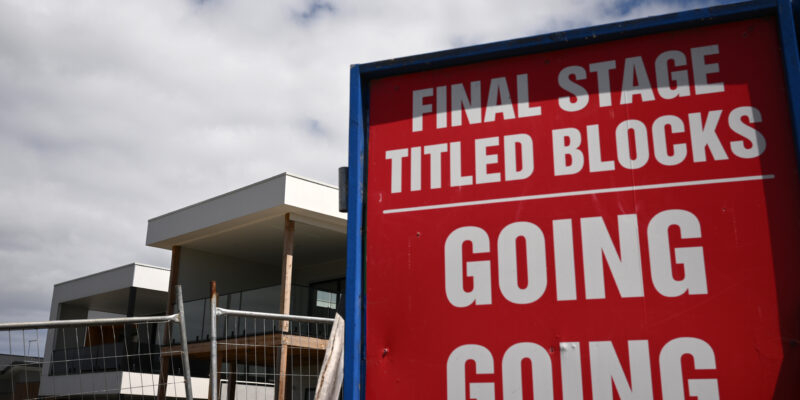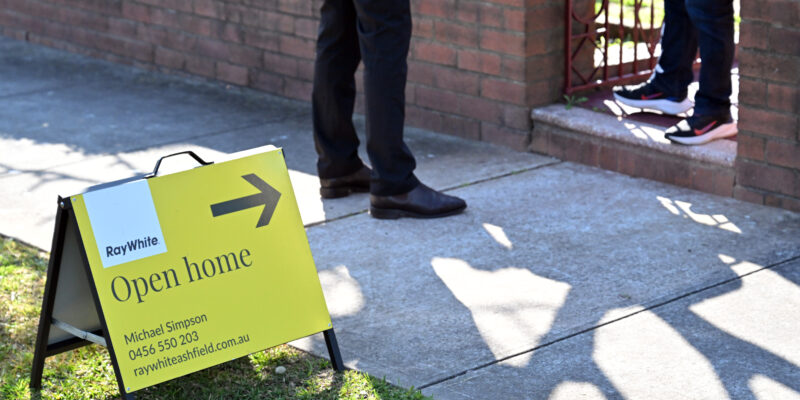Gap in Housing Accord target for 1.2 million homes widening
The 180,500 figure for homes started in 2024-25 is almost 60,000 short of the government’s annual target of 240,000, Master Builders Australia Shane Garrett says.

A predicted shortfall in new homes to be built by 2029 has grown by another 20,000 since April – to 180,000.
The 180,500 homes started in 2024-25 are almost 60,000 short of the government’s annual target of 240,000.
Analysis of Australian Bureau of Statistics building data by Master Builders Australia (MBA) shows no state or territory was on track to meet their quota.
“Projects are stalled by rising costs, low productivity and long build times,” said MBA chief economist Shane Garrett.
“Without rapid reform, the activity needed to deliver 1.2 million homes will not materialise.
“No state or territory is on track to meet its target.
“High-density housing must accelerate quickly, but many jurisdictions lack the capacity to deliver at scale. Governments must streamline planning and approvals now to unlock supply.
“The workforce challenge is just as pressing. Construction employment is near record highs, but productivity has fallen 18 per cent over the past decade. Longer build times and higher costs are holding us back.”
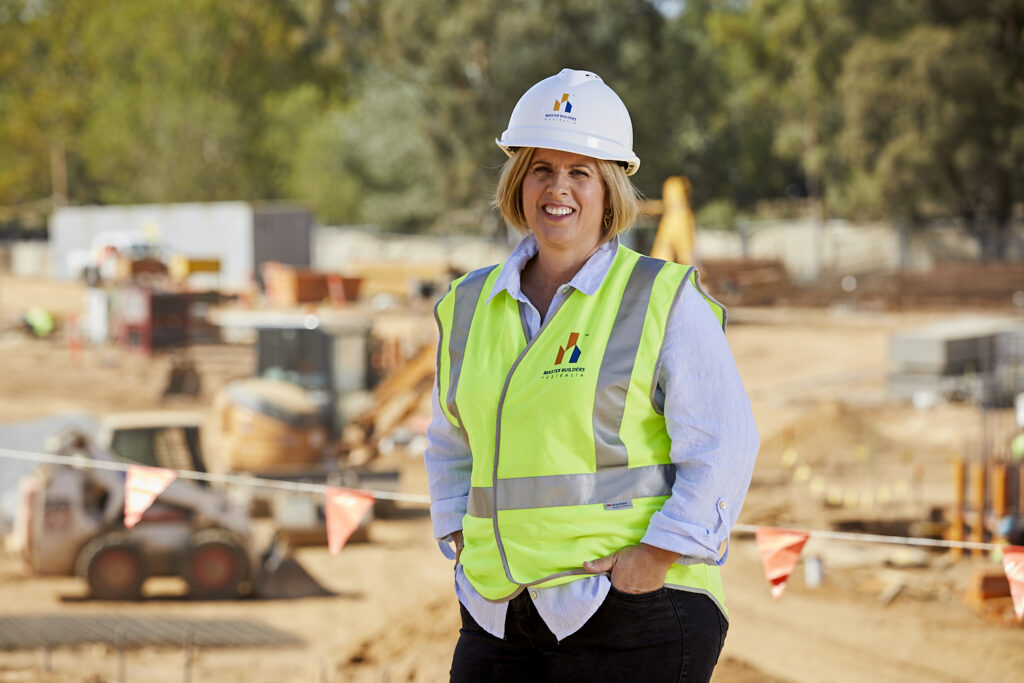
Master Builders CEO Denita Wawn said: “Under current conditions the Accord’s 1.2 million home goal looks less achievable every day.
“Without urgent action to fix productivity, approvals, costs and workforce shortages, the target will be missed.”
While housing is the most urgent concern, the forecasts also show encouraging signs in other areas of construction.
Civil and engineering activity reached its busiest year in a decade at nearly $138 billion, driven by utilities and resources projects. It is forecast to peak at more than $154 billion in 2026-27 before easing back, averaging $147.8 billion annually over the forecast horizon.
This represents an increase of more than 20 per cent compared with the past five years, confirming the sector’s role as a major driver of economic growth and employment.
Non-residential building softened slightly in 2024-25 but is expected to rebound, with strong growth projected in social, cultural and recreational facilities on the back of public sector investment. These sectors will remain important pillars of demand for the industry and the broader economy.


